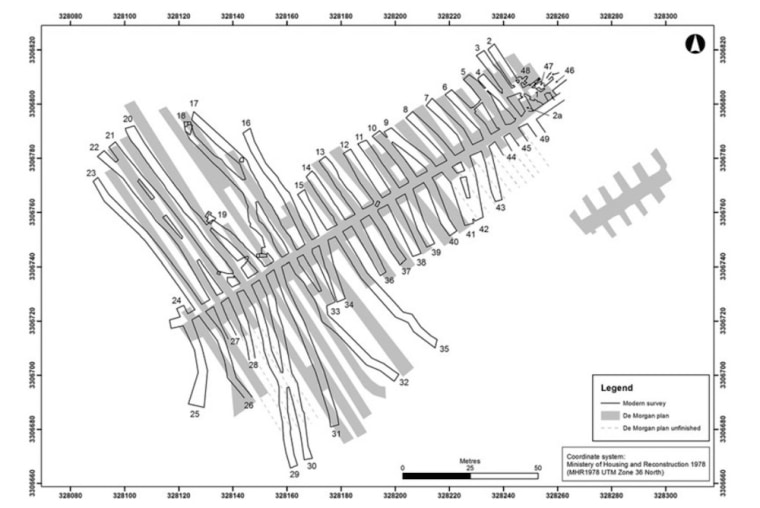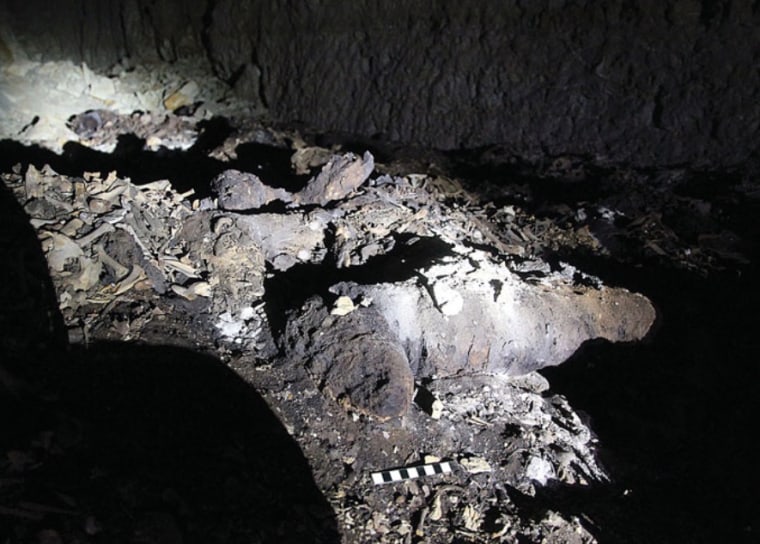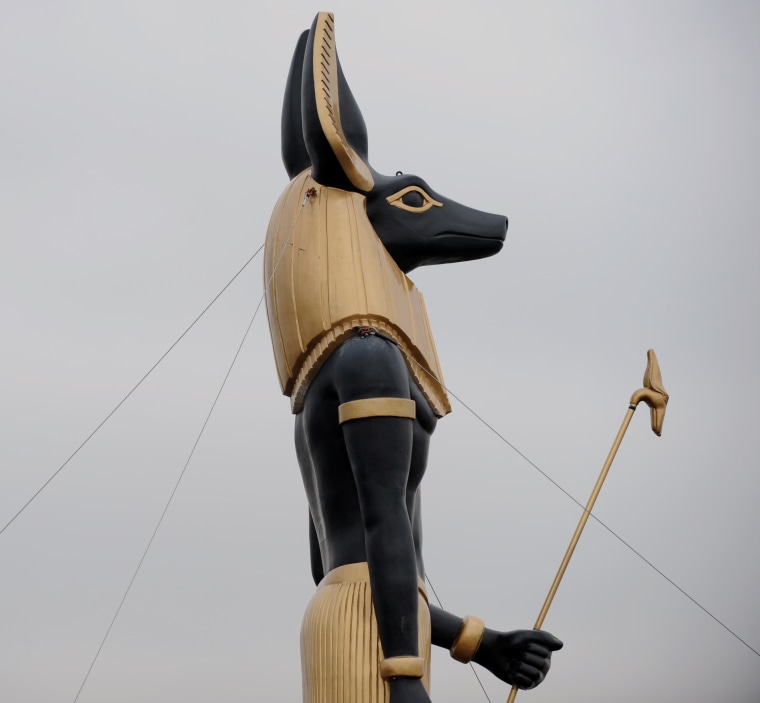In ancient Egypt, so many people worshiped Anubis, the jackal-headed god of death, that the catacombs next to his sacred temple once held nearly 8 million mummified puppies and grown dogs, a new study finds. Ancient Egyptians built the temple and catacomb in honor of Anubis in Saqqara, a burial ground in the country's ancient capital of Memphis.
"It would have been a busy place," said the study's lead researcher, Paul Nicholson, a professor of archaeology at Cardiff University. "A permanent community of people living there supported by the animal cults."

In 1897, French archaeologist Jacques de Morgan published a paper on the necropolis at Memphis, but spent little time detailing the canine catacombs. Other researchers have taken cursory looks at the dog catacombs, but the new study, published in the journal Antiquity, is the first to analyze it in depth, the researchers said.
The catacomb measures 568 feet down the center passageway, with a maximum width of 459 feet from the branch corridors. In addition to canine mummies, they found the mummies of jackals, foxes, falcons, cats and mongoose. But 92 percent of the remains belonged to dogs. Many of the mummies have since disintegrated or been disrupted by grave robbers and industrialists, who likely used the mummies for fertilizer.

Nicholson said pilgrims visiting Saqqara probably regarded the display of the mummies as expressions of gratitude to the gods — particularly Anubis, who was depicted with the head of a jackal or wild dog. Many of the dogs were only hours or days old when they were mummified. Some older dogs had more elaborate burials, and may have lived at the temple, but the younger pups were likely "bred — farmed if you will — for the cult," Nicholson said.
Animal cults remained popular from about 747 B.C. to 30 B.C., but they declined during the Roman occupation. The cults probably gained support because they were uniquely Egyptian, and may have been a symbol of national identity when the country was invaded by the people of other nations, such as the Libyans and Persians, the researchers wrote in the study.
This is a condensed version of a report from Live Science. Read the full report. Follow Laura Geggel on Twitter. Follow LiveScience on Twitter, Facebook and Google+.

